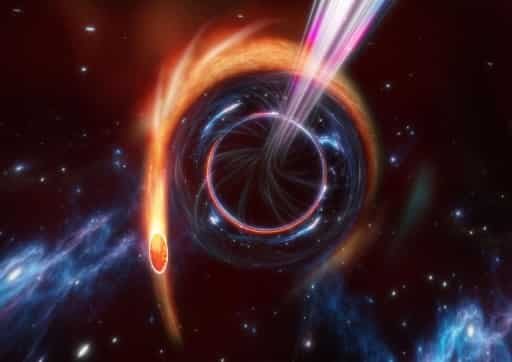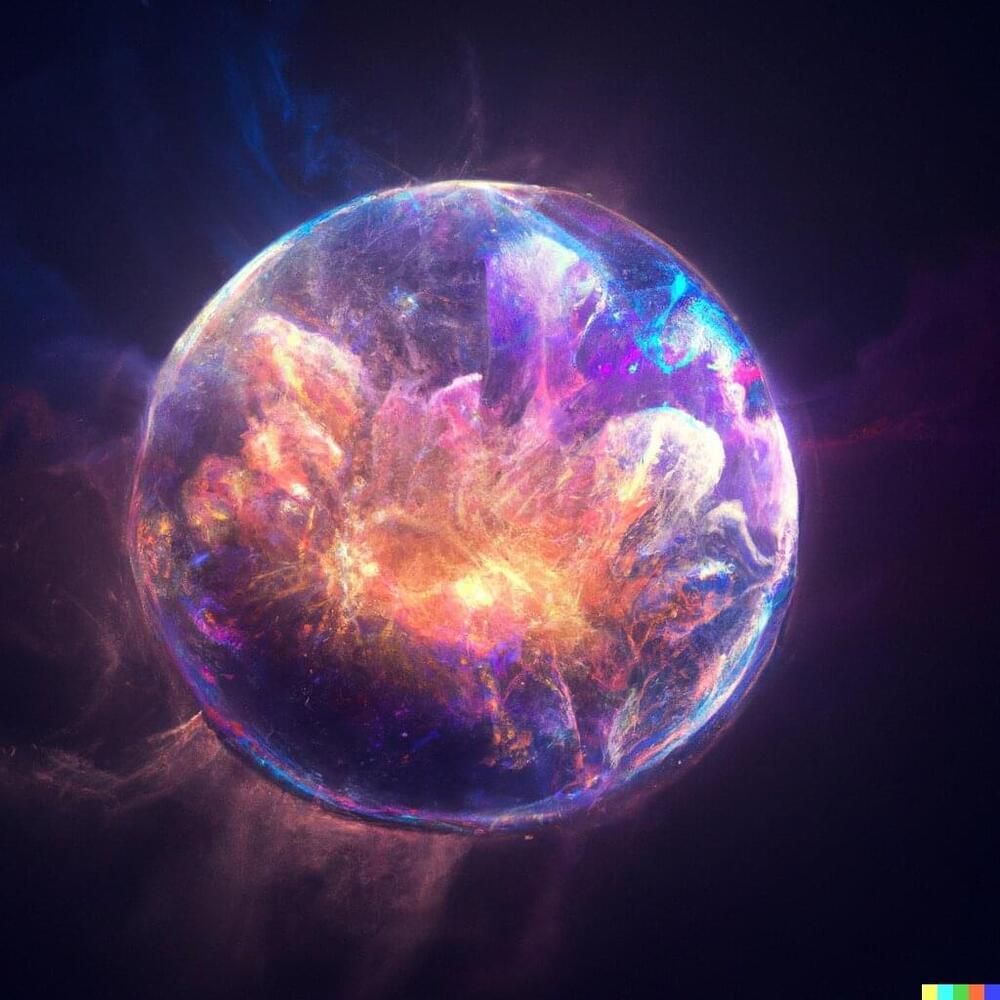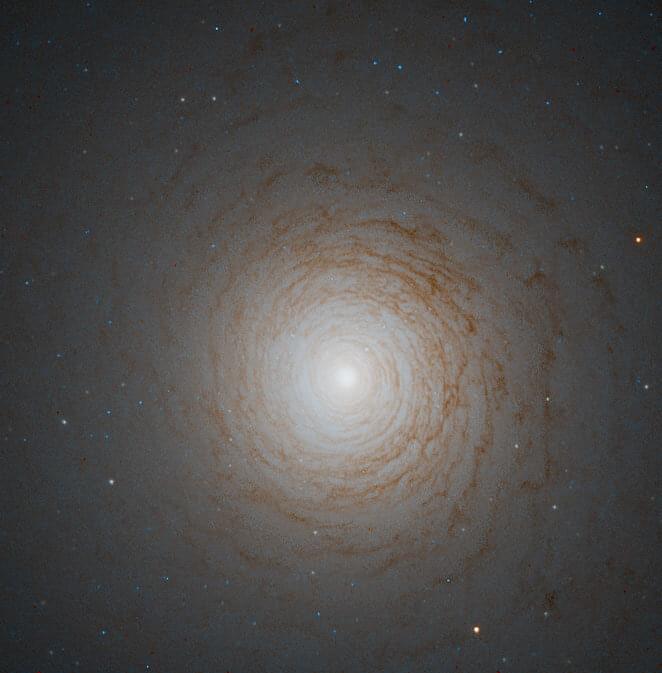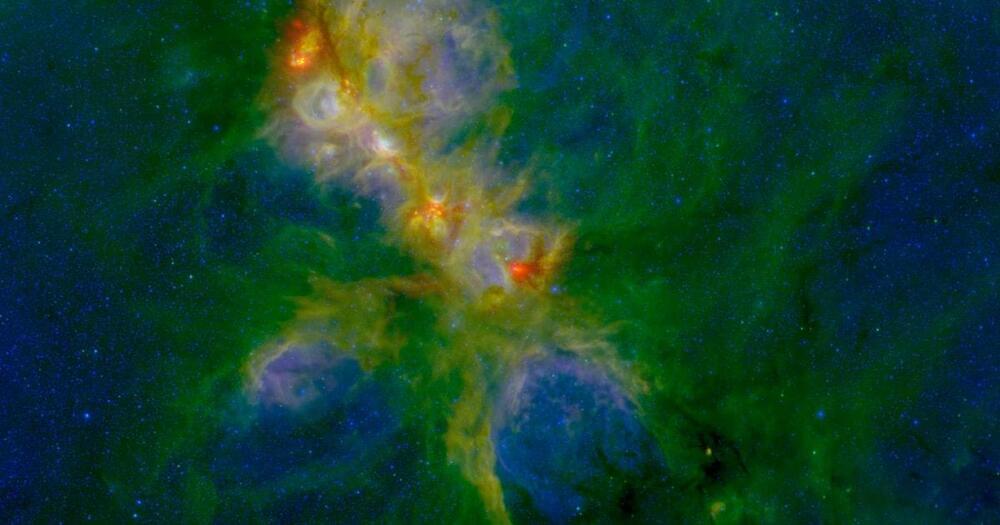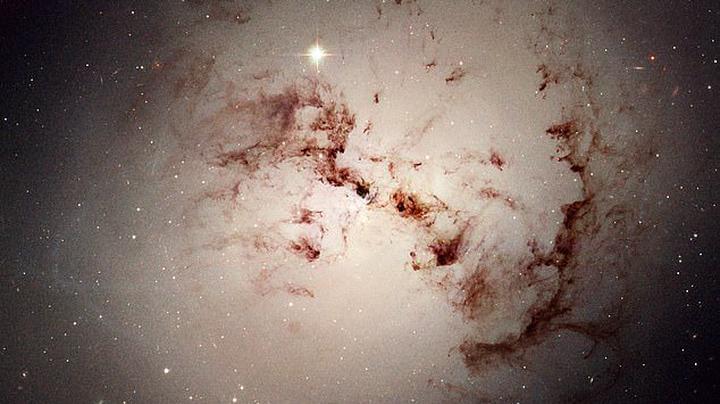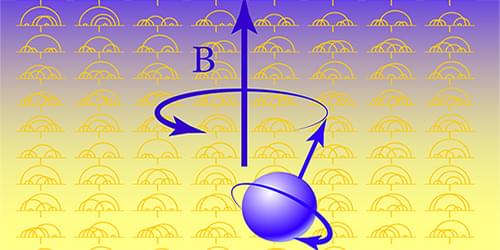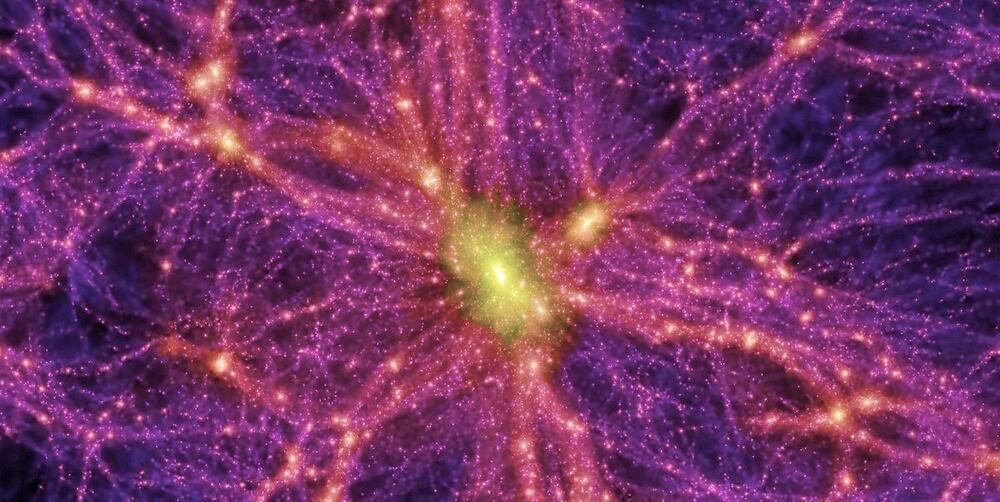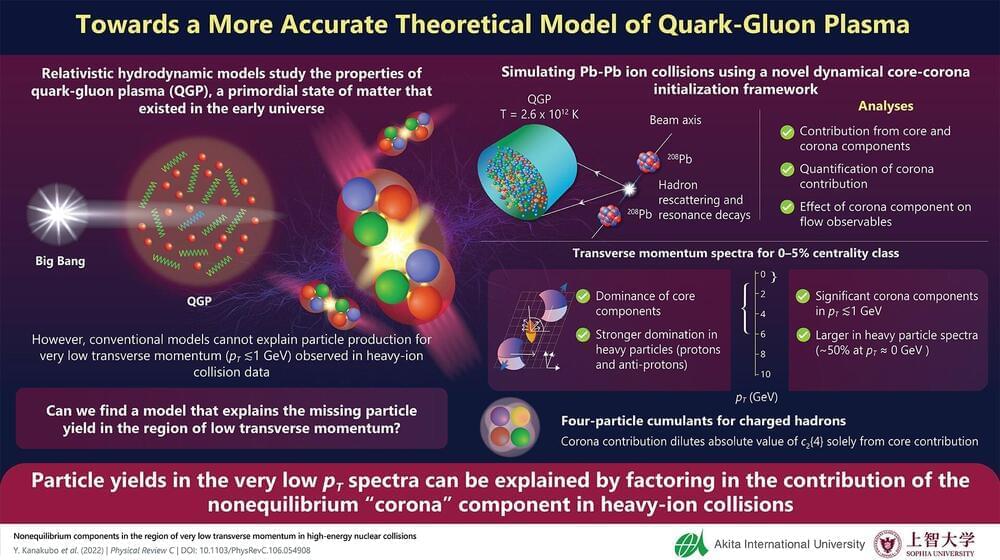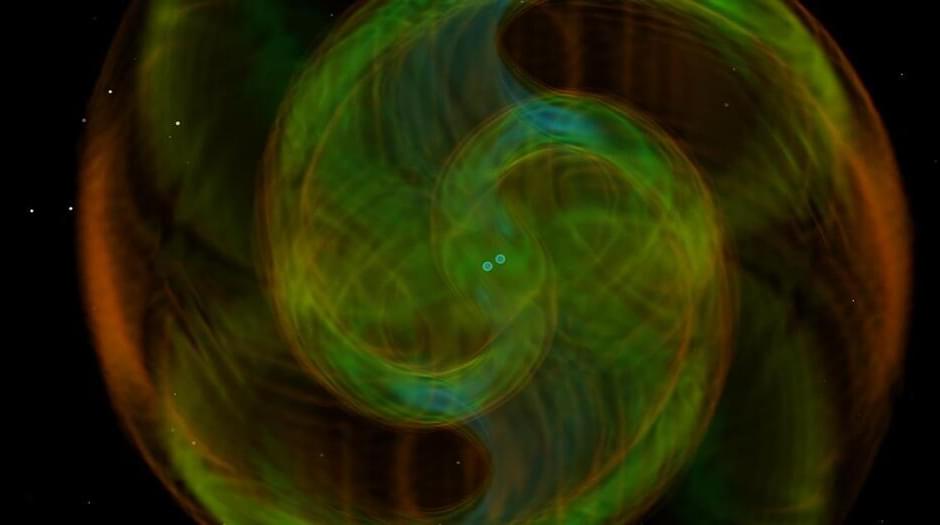Feb 16, 2023
Black holes are the source of dark energy that is causing expansion of the universe, study says
Posted by Shubham Ghosh Roy in category: cosmology
Black holes are the source of dark energy, the mysterious force behind the accelerating expansion of the universe, says a new study. This claim comes from an international team that compared growth rates of black holes in different galaxies. The team concluded that the spread of the masses observed could be explained by black holes bearing cores of ‘dark energy’, a report by the Guardian said.
Seventeen researchers in nine countries shared their findings in two papers published in The Astrophysical Journal and The Astrophysical Journal Letters. One of the researchers, Duncan Farrah from the University of Hawaii, said, “We propose that black holes are the source for dark energy.” Farrah added that this dark energy is produced when the normal matter is compressed during the death and collapse of large stars, the Guardian report added.
The researchers said the findings could be explained if black holes grow as the universe expands. They said that observations found black holes expanding 10 orders of magnitude in mass across most of cosmic history.
